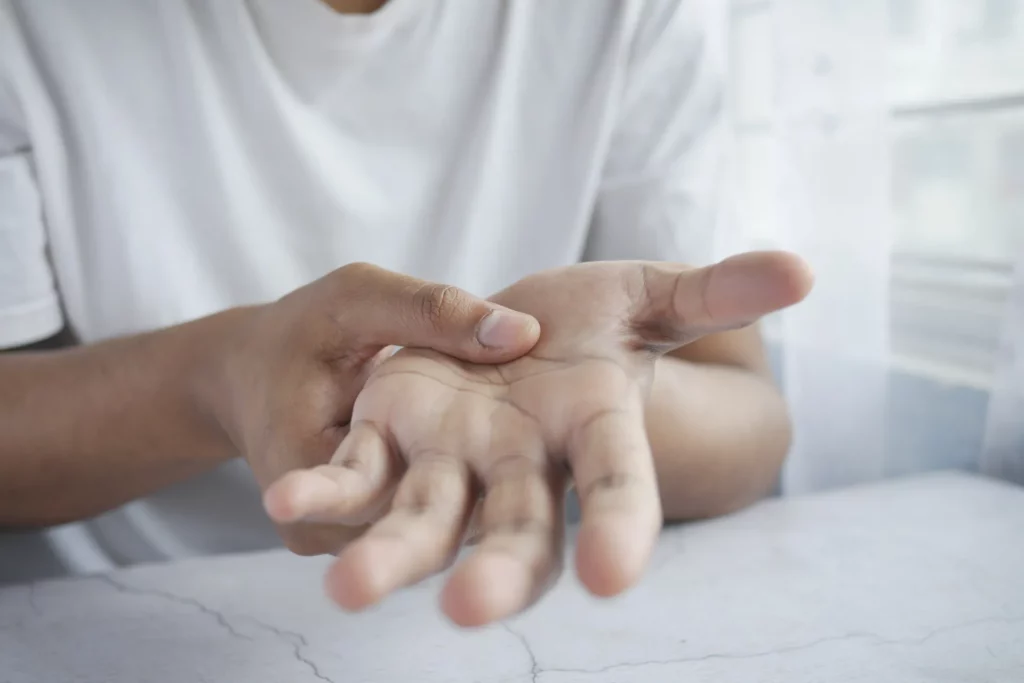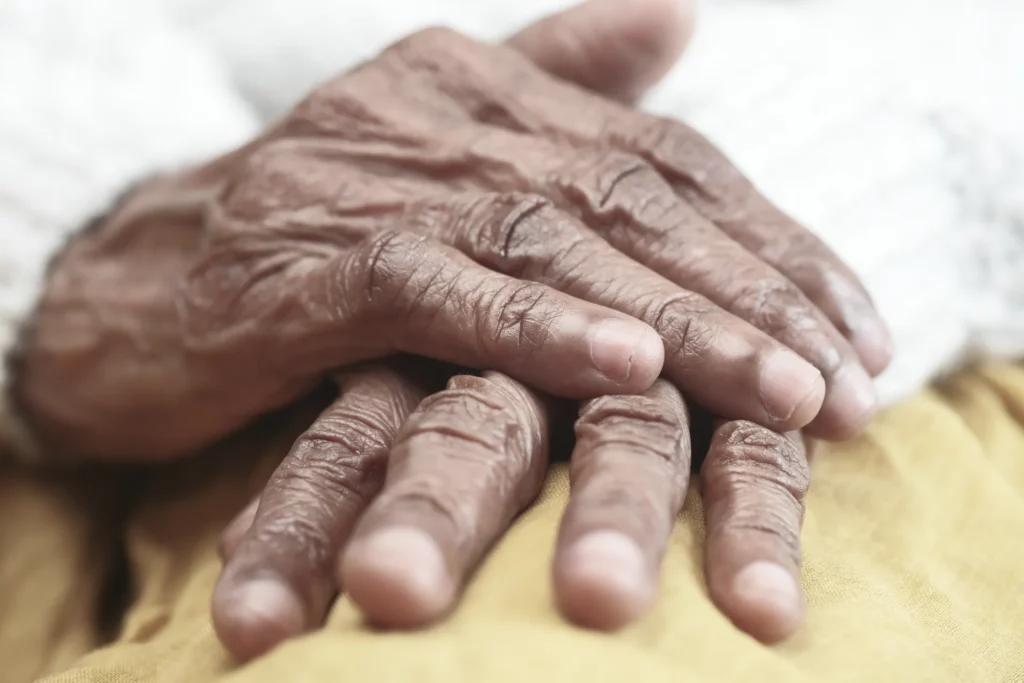Common Causes of Hand Pain
Common Causes of Hand Pain
We are all advised in this day and age to try to lead more active lifestyles. But however inactive someone may be their hands probably still work harder than any other part of their body!
One of the major causes of our sedentary lifestyles is the development of technology yet the use of touch screens, gaming and computers means our hands are often over used-even if the rest of our body isn’t.
And of course our hands are so important and worth looking after as even the simplest task becomes a challenge if both hands are not functioning well and due to their extreme sensitivity may be very uncomfortable and painful.
Even minor problems can be very disabling so if you have any problems using your hands-even if it is just some occasional tingling then it is important to get it diagnosed and treated as quickly as possible.
What are some of the common causes of hand and finger pain and what can be done to help?

Repetitive strain injuries in the hand and arm
This condition has many names but the principle is the same. Using a part of your body in the same way over and over is not good for it. Our hands often repeat a task for hours or days on end. The most common being using keyboards and touch screens.
The main problem is that our nervous system does not like being static where it starts from-in our spine and moving madly at the ends-our hands. The nerves become irritated and this can cause pain, numbness, pins and needles etc. These symptoms often start in the hand but if ignored can spread to the arm, elbow, shoulder and neck so it is important to address symptoms as early as possible.
The main points where nerves get irritated are where they have a limited space to move.

For example:
Carpal Tunnel Syndrome
Carpal Tunnel Syndrome
Different sets of muscles help to move or support the spine. They may become tight or strained or go into spasm. We use specialised hands on therapies, acupuncture and stretches to release the tension and ease the pain.
Causes
- Repeated vibration e.g. on a bike or using a drill.
- Poor or repetitive positions on a keyboard
- Neck problems e.g. osteoarthritis
How Physio can help
Early treatment is vital to prevent the symptoms worsening or spreading.
Physiotherapy helps reduce the swelling and inflammation in the nerve and tendon as well as treating symptoms further into the arm and neck using a mix of manual therapies, acupuncture, taping and exercises.
We also look at ergonomic factors (the way you move and sit) and advise you how things can be improved-with a special mouse, keyboard or just better posture and movement.
Another common hand problem is;
Arthritis
Arthritis
The more common osteoarthritis often affects the finger joints and base of the thumb causing them to become swollen, stiff and painful.
Osteoarthritis causes the cartilage in your joints to break down and become worn, rough and thin. Cartilage is the slippery tissue that covers the ends of bones in a joint which acts as a shock absorber and between the bone ends. When you lose cartilage the ends of the bones get closer together-sometimes touching and rubbing. If this continues it can permanently damage the bone ends and therefore the joint itself.
Again, overuse of particular joints can escalate arthritis (physios commonly have problems in their thumbs from overuse!)
Other causes are:
- Aging
- Injuring a joint
- Hereditary factors
- Overuse of a joint
Physiotherapy Treatment
Although we cannot ‘cure’ arthritis there are many treatments to reduce the pain and improve the movement and function of the hand.
These include massage, mobilising the joint, taping or bracing.
Tendinitis (tendinopathy)
Tendinitis (tendinopathy)
Irritation of the tendons
Tendons are flexible bands of tissue that connect muscles to bones and due to the intricacy of movement in our hands and fingers there are many involved. However, some are more prone to injury than others. A common injury is to the tendon from your wrist to your thumb. Strain of this tendon is known as de’ Quervans.
It causes pain and weakness in the thumb and may travel up the forearm.
When the thumb becomes weak and painful we realise how many activities require a healthy thumb from opening jars, writing, keyboards and any form of gripping
Physiotherapy Treatment
Again early physio intervention is vital to reduce the tendon inflammation as quickly as possible and prevent injury to other structures due to compensation of movement.
Ultrasound, taping, acupuncture and sometimes a steroid or cortisone injection is required to get your thumb pain free and functional again.
Scaphoid fracture
Scaphoid fracture
The scaphoid bone is one of the many small bones that make up our wrist joint and lies at the base of the thumb. It is the most common carpal bone to fracture-usually with a fall on an outstretched hand.
The fracture may not show up on x-ray immediately. So if you have persistent pain at the base of your thumb following an injury it is important to get it checked. As well as being difficult to spot in your initial consultation, they can also be problematic to heal and will need to be closely monitored by your orthopaedic consultant.
Physiotherapy
Conclusion – Physiotherapy of the Hand
No matter how old you are or what you do for a living, you are always using your hands. When there is something wrong with them, you may not be able to do your regular activities-even the most basic, so don’t delay in getting ANY symptom in the hand examined and diagnosed.
Whether pain, tingling, weakness or numbness don’t let things get worse.
Your hand struggles to get any rest and problems persist so contact us at Physio Answers on 020 3538 3808 to get started with your recovery today
Your hands are so precious-so let us help look after them!
Free Pre-Assessment Offer
Here at Physio Answers, we offer a free, 10 minute ‘pre-assessment’ and discussion with the physiotherapist to see if physiotherapy is the right treatment for you. If you would like to find out more, you can visit our pre-assessment page here
